Chris Smith
Hello! This week to the element that lies at the root of plant photosynthesis, fights free radicals, strengthens steel, makes mysterious ocean floor nodules and even goes to mix up with magnesium. Here's Ron Caspi.
Ron Caspi
I always feel that manganese is sadly overlooked. It's the fifth most abundant metal in the Earth crust and the second most abundant transition metal after iron, but say, manganese and many people will think of the much more familiar magnesium. There is a good reason why the names of these two elements are so confusingly similar, but we'll get to that in a minute.
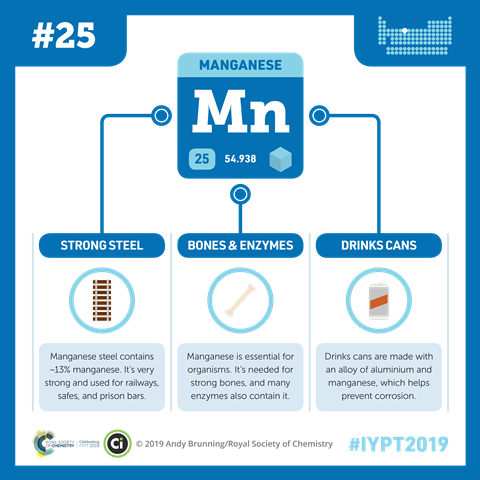
There are more than 300 different minerals that contain manganese. Large terrestrial deposits are found in Australia, Gabon, South Africa, Brazil and Russia. Yet more fascinating are the mysterious three trillion tons of manganese nodules that cover great parts of the ocean floor. These nodules are never covered by the constantly accumulating sediment. They manage to always stay above the sediment, due to the constant pushing and turning by their keepers, the small animals that live on the ocean floor. Almost half a billion dollars were invested in developing mining techniques for the nodules, but they're found so deep, mostly at depth of 4 to 6 kilometres, that the mining is still not commercially viable.
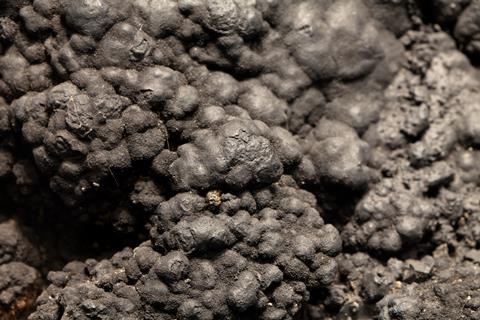
Manganese is an extremely versatile element. It can exist in six different oxidation states. In nature, it is usually found in either its reduced +2 state, which easily dissolves in water or in the +4 state, which forms many types of insoluble oxides. The +3 form of manganese is used as a powerful weapon, by dry rot fungi that break down wood.
Wood contains a lot of lignin, a polymer that is almost indestructible by biological systems; indestructible that is unless you use manganese. A fungal enzyme, manganese peroxidase, oxidizes manganese +2 atoms to manganese +3, which are then sent to the tiny spaces within the wood lattice. Manganese +3 is highly reactive and can break down the chemical bonds of lignin, making it available as food for the fungus.
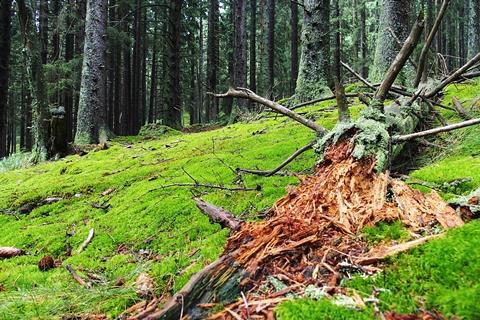
Fungi are not the only organisms that harness the power of manganese chemistry. Manganese is an essential element for all life forms. It is absolutely necessary for the activity of several enzymes that must bind a manganese atom before they can function, including superoxide dismutase, an enzyme that protects us from the harmful effects of toxic oxygen radicals.
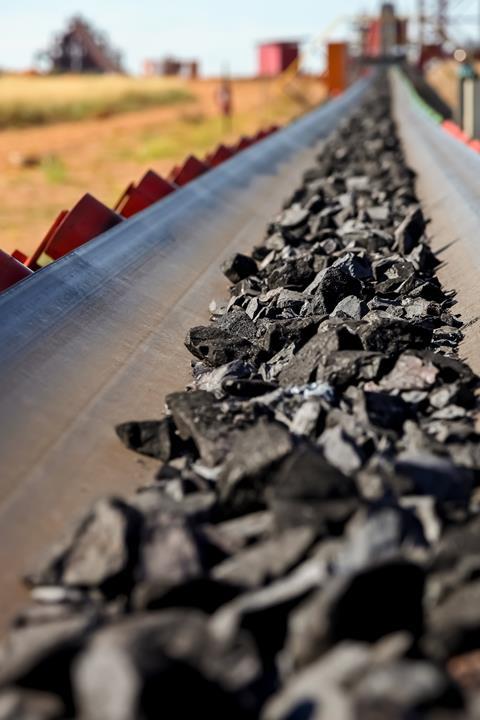
One of the most important reactions in biology, photosynthesis, is completely dependent on manganese. It is the star player in the reaction centre of photosystem II where water molecules are converted to oxygen. Without manganese, there would be no photosynthesis as we know it and there would be no oxygen in the atmosphere.
While biology discovered manganese early on, it took humankind a bit longer. Already in ancient Egypt, glass blowers who got tired of their greenish glass founded by adding small amounts of certain minerals to the mix, they could make perfectly clear glass. They didn't realize it at that time but these minerals, which were affectionately named Sapo vitri or glass soap, were manganese oxides.
Excellent ores were found in the region of magnesia, the region of northern Greece just south of Macedonia, and this is how the trouble with manganese names started. Different ores from the region, which included both magnesium and manganese, were simply called magnesia. In the 1600s, the term magnesia alba or white magnesia was adopted for magnesium minerals, while magnesia nigra or black magnesia was used for the darker manganese oxides. By the way, the famous magnetic minerals that were discovered in that region were named lapis magnis or stone of magnesia, which eventually became today's magnet.
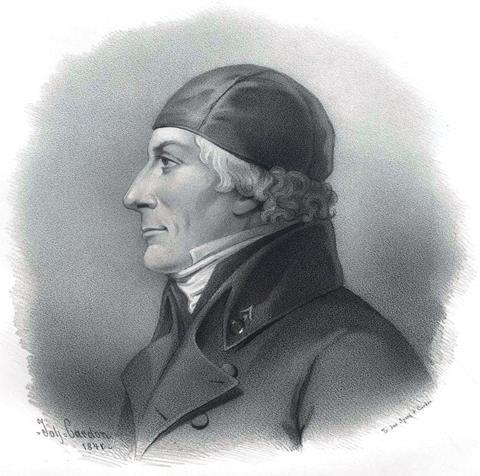
For a while, there was a total mix up concerning manganese and magnesium, but in the late 18th Century a group of Swedish chemists headed by Torbern Bergman were convinced that manganese is its own element. In 1774, Scheele, a member of the group, presented these conclusions to the Stockholm Academy and later that year, Johann Gahn, another member became the first man to purify manganese and prove that it is an element. It took a few more years but by 1807, the name manganese was accepted by all.
Today, manganese is used for countless industrial purposes. By far, the most important one is in steel making. When Sir Henry Bessemer invented the process of steel making in 1856, his steel broke up when hot rolled or forged; the problem was solved later that year, when Robert Foster Mushet, another Englishman, discovered that adding small amounts of manganese to the molten iron solves the problem. Since manganese has a greater affinity for sulfur than does iron, it converts the low-melting iron sulfide in steel to high-melting manganese sulfide. Since then, all steel contains manganese. In fact, about 90% of all manganese produced today, is used in steel.
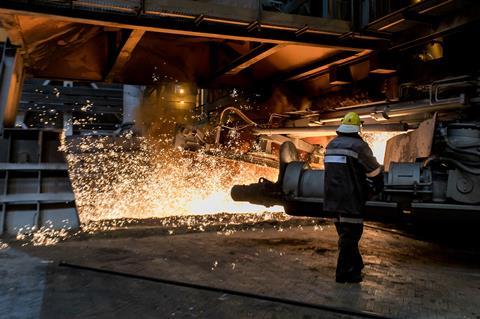
From the mysterious nodules at the bottom of the ocean to the decay of wood, from ancient glassblowing to modern steel-making, from fighting oxygen radicals to photosynthesis, manganese has always played a fascinating role in the chemistry, geology, and biology of our planet, a role that is seriously under appreciated.
Chris Smith
Ron Caspi. Next time, to a cheeky chemical with some practical and also some less than practical uses that is unless you're a practical joker.
Andrea Sella
Alloys containing bismuth were used for safety valves and boilers, melting if the temperature rose too high and a classic prank invented in Victorian times was to cast spoons from an alloy consisting of 8 parts bismuth, 5 parts lead and 3 parts tin. Its melting point is low enough for the spoon to vanish into a cup of hot tea to the astonishment of the unsuspected visitor.
Chris Smith
Andrea Sella, who'll be revealing the story of bismuth on next week's Chemistry in its element. I hope you can join us. I am Chris Smith, thank you for listening and goodbye!


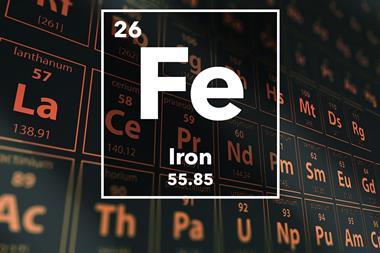










No comments yet